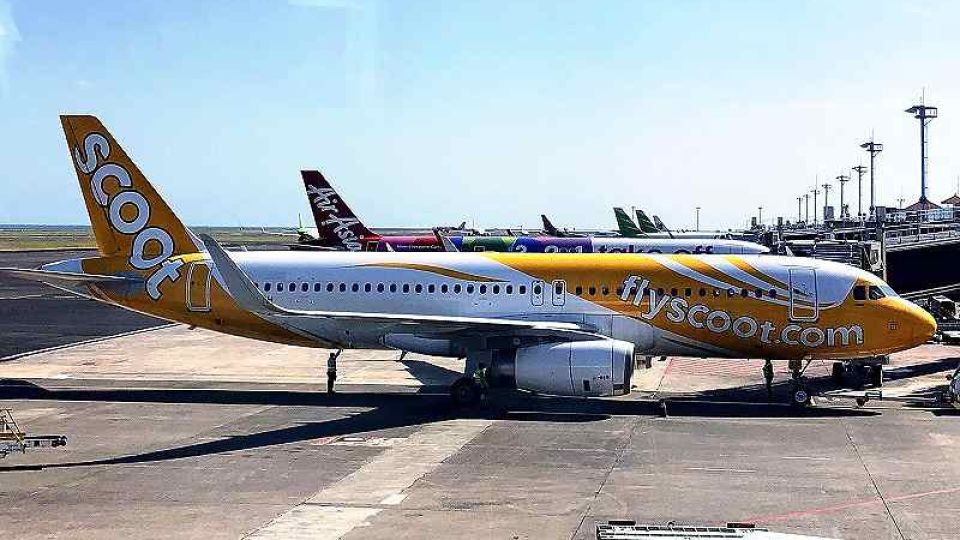August 15, 2022
BANGKOK — Low-cost carrier (LCC) airlines in Southeast Asia are regaining momentum after having struggled with a decline in passenger numbers due to the novel coronavirus pandemic.
The recovery of the LCCs will likely affect the business strategies of many Japanese and Japanese-affiliated companies, which place importance on the Southeast Asian markets.
Entry regulations eased
Don Mueang International Airport in the north of Bangkok serves as a major hub for LCCs, which operate short-distance routes within Asia.
“Thanks to the low prices of LCCs, I can visit my hometown more frequently than before,” said a 41-year-old company employee returning to the Thai capital from southern Thailand.
Southeast Asian economies rely heavily on the tourism industry. Following the easing of coronavirus-related entry restrictions, many LCCs in the region announced a major step-up in flight services.
New airlines are making inroads in the market, too. In Indonesia last year, Super Air Jet began operating a number of routes, including one that connects Jakarta and Bali Island. The company aims to lure young people — dubbed the “millennial generation” — to local resorts. In Malaysia, meanwhile, plans are afoot to launch a new LCC in the near future.
Strategy shift
Many major airlines in Southeast Asia are government-affiliated, which has impacted their business efficiency. From the 2000s, LCCs, buoyed by economic growth in the region, began offering lower airfares.
Many LCCs have increased their presence in areas where flying serves as a crucial means of mobility. During the pandemic, Southeast Asia, like regions all over the world, saw a sharp decline in passenger numbers, leading to disastrous business results. One LCC — a joint venture between Thailand and Singapore — was forced into liquidation.
A number of LCCs have rewritten their respective business strategies. In January, AirAsia, a pioneering LCC based in Malaysia, changed the name of its holding company to Capital A. The holding company now directs much of its energy to digital service fields, such as ride-hailing services and food delivery. Tony Fernandes, who heads the holding company, said in a statement that AirAsia is “no longer a mere airline firm.”
In related moves, Vietjet Air of Vietnam has bolstered its cargo flight service, and Nok Air of Thailand has upgraded its services across the board to help distinguish it from rivals.
Fierce competition
Scoot of Singapore and Cebu Pacific Air of the Philippines have introduced larger planes and increased flights on their mid- and long-distance routes. Such moves will likely affect the business strategies of Japanese rival firms.
In the latter half of next fiscal year, ANA Holdings will begin operating a new subsidiary airline, Air Japan Co., which will offer higher-level services than ANA group firm Peach Aviation Ltd. Both subsidiary airlines are eyeing Southeast Asian service routes.
Among group companies of Japan Airlines Co., Zipair Tokyo operates services between Narita Airport and Thailand, as well as Singapore.
Competition among LCCs is set to become increasingly fierce. An official of a Japanese LCC expressed a sense of urgency, saying, “Unless [Japanese LCCs] demonstrate advantages peculiar to Japan, such as high-quality services, it will be difficult for them to differentiate themselves [from foreign rivals].”

